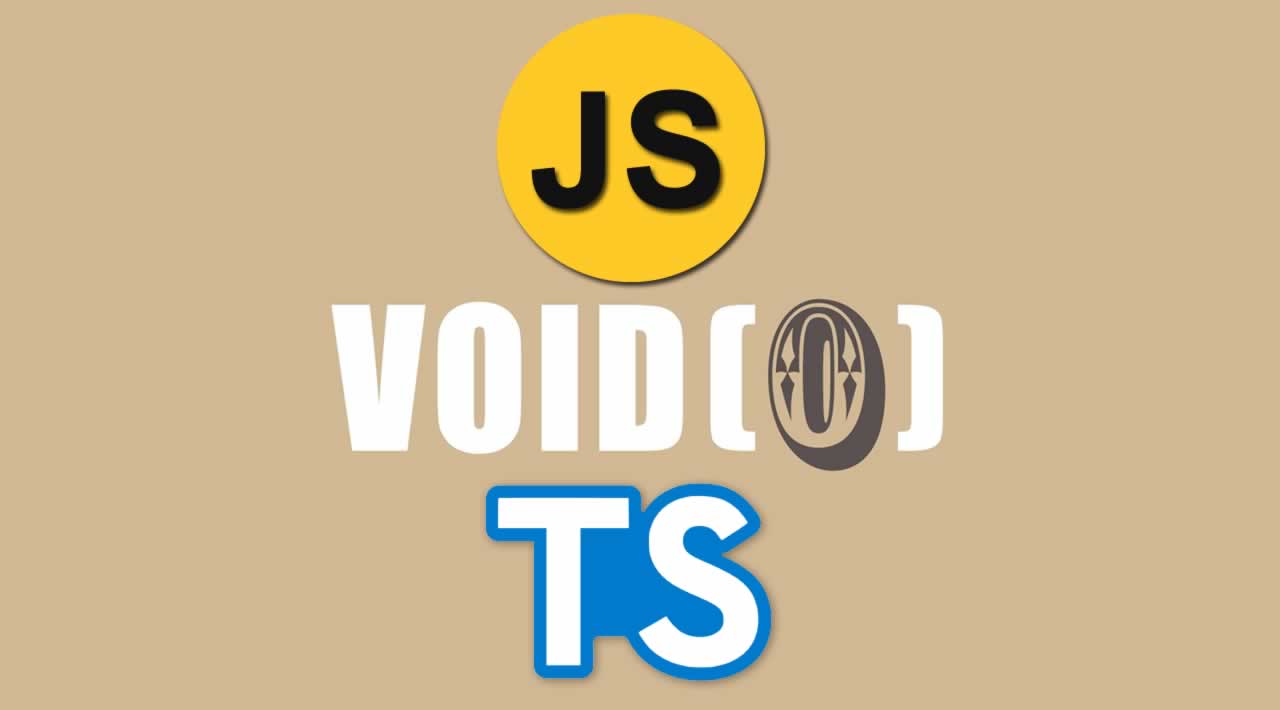If you come from traditional, strongly typed languages you might be familiar with the concept of void: A type telling you that functions and methods return nothing when called.
void in JavaScript
void in JavaScript is an operator which evaluates the expression next to it. No matter which expression is evaluated, void always returns undefined.
let i = void 2; // i === undefined
Why would we need something like this? First, in earlier times, people were able to override undefined and giving it an actual value. void always returned the real undefined.
Second, it’s a nice way to call immediately invoked functions:
void function() {
console.log('What')
}()
All without polluting the global namespace:
void function aRecursion(i) {
if(i > 0) {
console.log(i--)
aRecursion(i)
}
}(3)
console.log(typeof aRecursion) // undefined
Since void always returns undefined, and void always evaluates the expression next to it, you have a very terse way of returning from a function without returning a value, but still calling a callback for example:
// returning something else than undefined would crash the app
function middleware(nextCallback) {
if(conditionApplies()) {
return void nextCallback();
}
}
Which brings me to the most important use case of void: It’s a security gate for your app. When your function is always supposed to return undefined, you can make sure that this is always the case.
button.onclick = () => void doSomething();

void in TypeScript
void in TypeScript is a subtype of undefined. Functions in JavaScript always return something. Either it’s a value, or undefined
function iHaveNoReturnValue(i) {
console.log(i)
} // returns undefined
Since functions without a return value always return undefined, and void always returns undefined in JavaScript, void in TypeScript is a proper type for telling developers that this function returns undefined:
declare function iHaveNoReturnValue(i: number): void
void as type can also be used for parameters and all other declarations. The only value that can be passed is undefined:
declare function iTakeNoParameters(x: void): void
iTakeNoParameters() // 👍
iTakeNoParameters(undefined) // 👍
iTakeNoParameters(void 2) // 👍
So void and undefined are pretty much the same. There’s one little difference though, and this difference is significant: void as a return type can be substituted with different types, to allow for advanced callback patterns:
function doSomething(callback: () => void) {
let c = callback() // at this position, callback always returns undefined
//c is also of type undefiend
}
// this function returns a number
function aNumberCallback(): number {
return 2;
}
// works 👍 type safety is ensured in doSometing
doSomething(aNumberCallback)
This is desired behaviour and often used in JavaScript applications. Read more on this pattern called substitutability in my other articles.
If you want to make sure to pass functions who only return undefined (as in “nothing”), be sure to adapt your callback method signature:
- function doSomething(callback: () => void) {
+ function doSomething(callback: () => undefined) { /* ... */ }
function aNumberCallback(): number { return 2; }
// 💥 types don't match
doSomething(aNumberCallback)
You’ll propably be good with void most of the time.
Originally published at fettblog.eu on 06 September 2019
#javascript #typescript #web-development
